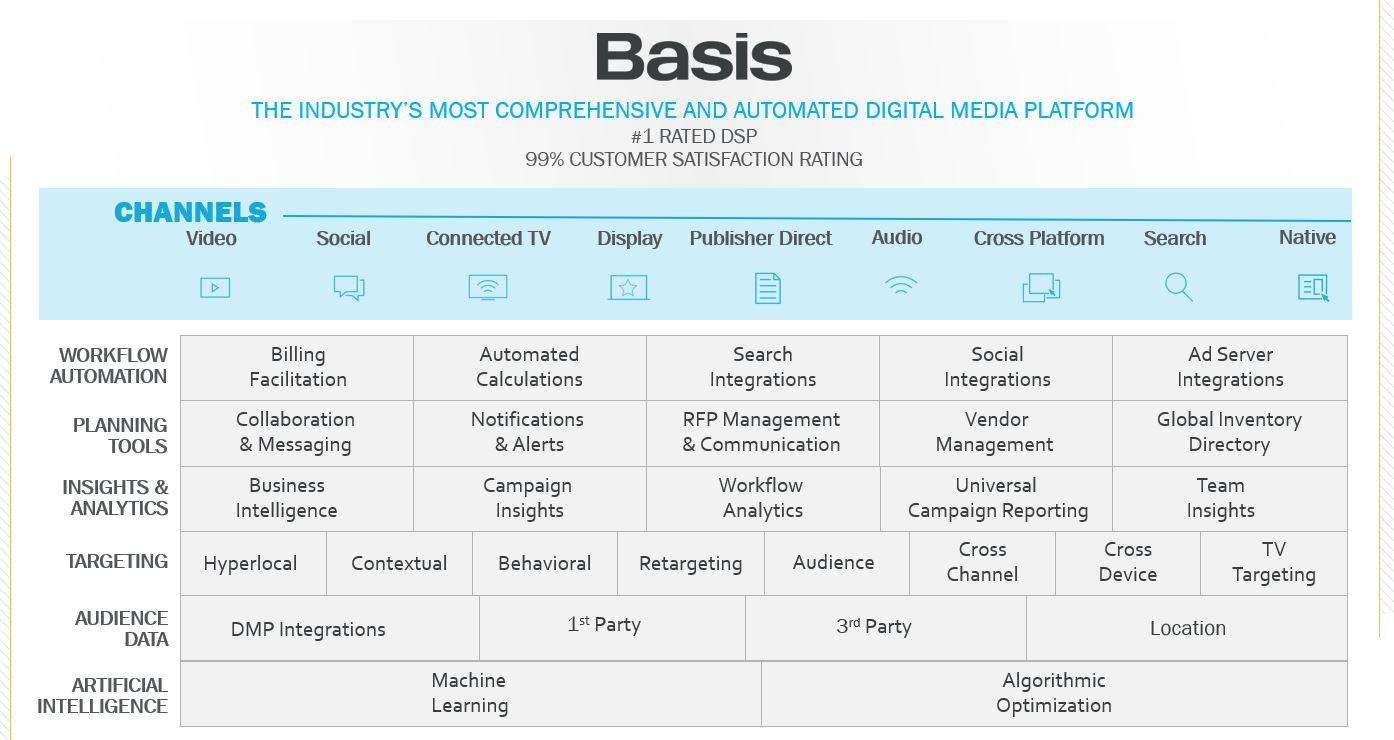With a “cookie-less world” approaching, no doubt you have seen many articles addressing the increased privacy regulations and browsers cookie depreciation. A lot of buzz is done around the importance of first party data and how to harness this for marketing and advertising but what about those who have not yet developed or built out their internal CDP solution? Some clients have very little to no first party data collected or available when they first come to us at Zion & Zion. As an agency, we have a lot of experience helping clients looking for more guidance and expertise on data and CDP solutions, you can read more about that on our website.
As someone who works in media, I’m always developing strategies as to how to potentially continue to reach new customers with the demise of third-party cookies. And while no one has a crystal-clear picture of EXACTLY what the future holds for digital advertising to acquire new customers, I can with confidence say that contextual targeting is coming back.
Don’t Call it a Comeback
While some will argue contextual targeting never left, there is no denying it took a big back seat to the rise of third-party cookie data and increased use in other forms of targeting for digital tactics. The ability to target users regardless of the website or app they were on became much more commonplace, especially when you have had the opportunity to layer on interest and online behavior categories.
Contextual targeting is currently available across almost all forms of media and was long before the rise of the need for third party cookies. Contextual targeting once dominated, and now with the going away of so many third-party targeting tactics we all know and love, I have one question – is contextual targeting making a comeback?
History of Contextual Advertising
First, to ensure everyone is on the same page, what is contextual advertising? Contextual advertising is a form of targeting that refers to the practice of placing ads on web pages based on the content of those pages. Contextual targeting identifies the most appropriate and relevant content against which to display an ad. Technology tools are used to analyze the content of webpages to determine its central theme, which is then matched to your ad using your keywords and topic selections, your language and location targeting, a visitor’s recent browsing history, and other factors.
While there are many other forms of targeting, some of the other most common forms of targeting include audience (demographic, custom, etc.), behavior (also known as interest or intent), and retargeting (based on visits to any web properties). Behavior and interest targeting are two of the key tactics that will be substantially lower as users opt-out of third-party tracking, and regulations continue to enact changes from publishers as well as suppliers- and ultimately advertisers.
Personally, I think it is also important to acknowledge that while many say that contextual targeting has taken a back burner to other targeting tactics, native advertising has seen consistent growth over the past few years, and according to eMarketer, is expected to exceed $57 billion in 2021. This indicates that even if additional targeting layers are used, brands and advertisers have always continued to see the value in content relevant advertising.
Advancements in Contextual Targeting
For contextual targeting tactics to work, artificial intelligence (AI) technologies and machine learning models are used to categorize content with increasing accuracy, and to extract metadata from videos through:
- Audio (voiceover, sound),
- Visual (elements, brands, actions)
- Textual (Title, description, tags).
Advancements to these technologies over the years has increased the granularity and accuracy brands can target, with the added benefit of additional brand safety tracking.

Why the Potential Comeback for Contextual?
As mentioned before, the loss of third-party data is a big component of why brands and advertisers are looking at contextual targeting in a whole new light. According to an eMarketerPRO report in 2019, 83% of consumers worldwide are concerned about their privacy and 63% of consumers in the US are likely to ask companies to delete their stored data. As recent as the iOS 14.5 Apple update, a report has shown 96% of iPhone users have opted out of app tracking since its launch in May 2021. Bottom line- as more options arise for users to opt-out of tracking, the need for new ways to reach unknown users and new customers will continue.
Another big reason for contextual targeting to be in the news is the ongoing research being done about message receptiveness of ads in content. A GumGum report done on the study of contextual ad effectiveness showed that contextually relevant ads are far more engaging and memorable in comparison to ads placed next to irrelevant content. Some interesting stats from a recent Integral Ad Science study include that 74% of consumers want to see ads that match page content and 60% of consumers are likely to remember relevant ads. We have done research along the same idea at Zion & Zion looking at the Cognitive and Affective Involvement for advertising effectiveness.
Ways to Use Contextual Targeting
When planning contextual targeting ad placements for clients, there are a few ways to maximize the performance for your brand, in addition to developing further insights about who our customers are and the content they consume online when they are most likely to engage with your ad. The four main ways to strategically think about contextual targeting are:
- Buyer Personas – identify your target audience and the online content they consume.
- Environment & Brand Suitability – Identify the site and content categories that align and do not align with your brand.
- Inventory Selection – select supply partners based on audience, content, and the quality of their contextual solutions.
- Targeting – leverage advanced contextual targeting capabilities to deliver highly- relevant ads
It is important to use the ad tools to allow for premium inventory, targeting opportunities with maximum scale, and efficient cost. Our in-house trading desk and team of experts have been using contextual targeting along with other targeting for clients for years and know the importance of using the performance data to make future ad placement decisions.

Conclusion
So, what’s the deal? Are we saying that all those years of “its about the USER” was just wasted?! Of course not! However, the benefits of first party consumer data are very different for all brands and will depend greatly on how much data they currently have versus how much they still need to build. For clients that have done very little to no research on their customer journeys, we must first start by understanding who their current customers are and the content they are consuming.
Contextual targeting was a standard for years in advertising and has for years continued to be a key awareness and reach tactic in addition to others. But as we move into increased privacy concerns and limitations on data collection, it may soon be seen as a primary targeting tactic for prospecting of new customers. One last stat I will leave you with was done in an August 2020 study by Kenneth Research, and states “while roughly $106 Billion was spent on contextual targeting specifically in 2017, it is projected to increase spend to $414 Billion by 2025”! So, you tell us- would you call that a comeback?
